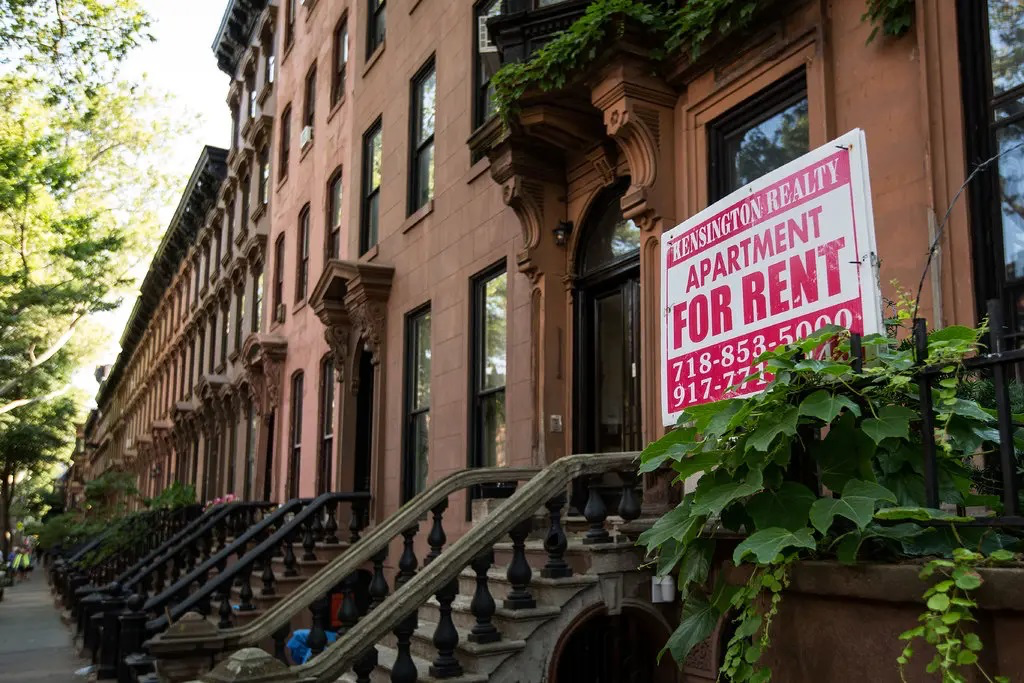When buying or selling a home, the title is a critical aspect that often goes unnoticed, until it becomes a problem. Title issues can severely derail a real estate transaction by causing delays or even leading to litigation. In this post, we will delve into common title issues and how to resolve them, ensuring a smoother closing process.

“Real Estate Deal.” 89 Stocker / Canva (2024).https://www.canva.com/photos/MAEEl0M7mnI/.
What is a Title?
In real estate, a title is the legal documentation that defines the ownership of a property. It includes the property’s history, previous owners, and any claims or liens against it. The purchase and sale of real estate ordinarily requires the seller to deliver marketable title at closing.1 Marketable title is essential for a successful transaction, because it guarantees that the buyer is the rightful owner, free from reasonable doubt.2 The seller’s inability to provide a marketable title will typically excuse the buyer from the deal.3
Common Title Issues
Main defects that make title unmarketable are encumbrances and chain of title defects.4 Encumbrances are property interests in persons other than the grantor that seriously affect the value or usability of the property.5 Examples of encumbrances include easements, covenants, and liens. If a seller is unaware of a lien or other encumbrance on the property, resolving the issue can take days or even weeks.6
- Liens are claims made by creditors against the property for unpaid debts. Common liens include mortgage liens, tax liens, and most commonly, mechanic’s liens.7 These must and can be resolved before the property can be sold, but the process can be time-consuming.8
- Encroachments may occur when a structure, such as a fence or building, extends onto a neighbor’s property.9 Encroachments can lead to disputes and must be addressed to avoid future litigation.
- Easements allow others to use the property for a specific purpose, such as utility companies accessing power lines.10 While easements don’t necessarily prevent a sale, they can affect the property’s value and use.
A chain of title links documents that make up a record of a property’s ownership. It includes succession of grantors and grantees on the land records that have transferred the property. It is important to identify any defects in the chain of title because this can jeopardize a successful closing and negatively affect the ownership interests of the purchaser after the closing.11 Defects are mistakes or irregularities in the documents or procedures by which title has been transferred or encumbered over time.12 Examples of defects include a prior deed that was forged or a present deed that misdescribes the property. Past fraudulent activities, such as forged signatures on documents, can cloud the title and must be corrected to establish clear ownership.
Resolving Title Issues
Conducting a thorough title search is the first step in identifying any issues. A title company may be hired to review public records to uncover any encumbrances or defects. Title companies report that in over one-third of real estate transactions, they must perform “extraordinary work” to resolve title issues.13 This entails examining public records, often going back 50 years or more, to uncover problematic or unresolved deeds, wills, trusts, divorce decrees, bankruptcy filings, court judgments, and tax records.14
Purchasing title insurance protects both the buyer and lender from potential title disputes or claims. This insurance covers legal fees and other costs associated with resolving title issues, and is your best safeguard against title issues that may surface after closing your transaction.15
To clear liens, sellers must pay off outstanding debts or negotiate settlements with creditors. This often requires providing proof of payment or other legal documentation. Conducting a new survey and property inspection helps to identify and resolve encroachments and boundary disputes before closing.
Engaging a real estate attorney can be beneficial in navigating complex title problems. Attorneys can negotiate settlements, clear liens, and address any legal disputes. To request a consultation to resolve your title issues, contact Law Firm of Dayrel Sewell, PLLC.
Why Work with Professionals?
Navigating title issues requires expertise and experience. At Everhouse Realty, we work closely with trusted title companies and real estate attorneys to ensure that our clients’ transactions proceed smoothly. Our team is dedicated to identifying and resolving any title issues promptly, providing peace of mind for both buyers and sellers.

“Lawyers Having a Meeting.” Suwannar Kawila / Canva (2024). https://www.canva.com/photos/MAEmQJIDe-Q/.
Conclusion
Understanding and addressing title issues is a crucial part of the real estate process. By conducting thorough title searches, obtaining title insurance, and working with experienced professionals, you can mitigate risks and ensure a successful transaction. For more insights and assistance with your real estate needs, contact Everhouse Realty today at 718-854-2685 or info@everhouserealty.com.
1Joseph William Singer et al., Property law: rules, policies, and practices 1237 (Rachel E. Barkow et al. eds., Wolters Kluwer, 7th ed., 2017).
2Id. at 1238.
3Id. at 1237.
4Id. at 1238.
5 Id.
6Sandy Gadow, These common title problems can snag your home closing, https://www.washingtonpost.com/news/where-we-live/wp/2016/06/20/these-common-title-problems-can-snag-your-home-closing/(2016).
7Id.
8Id.
9Singer et al., supra note 1, at 465.
10Id. at 529.
11Danziger Legal PLLC, What Are Some Issues That May Affect Real Estate Title In New York?, https://danzigerlegal.com/what-are-some-issues-that-may-affect-real-estate-title-in-new-york/(last accessed on June 10, 2024).
12Singer et al., Supra note 1, at 1238.
13Gadow, supra note 6.
14Id.
15Id.










